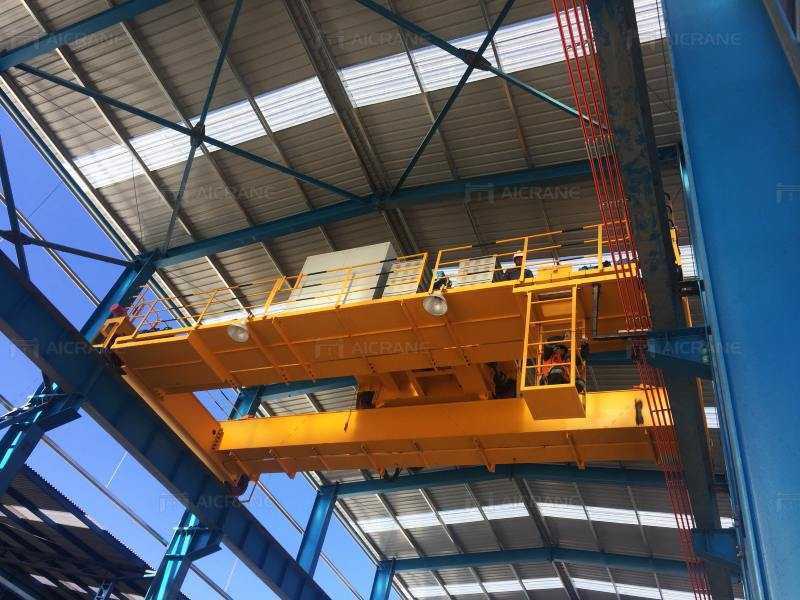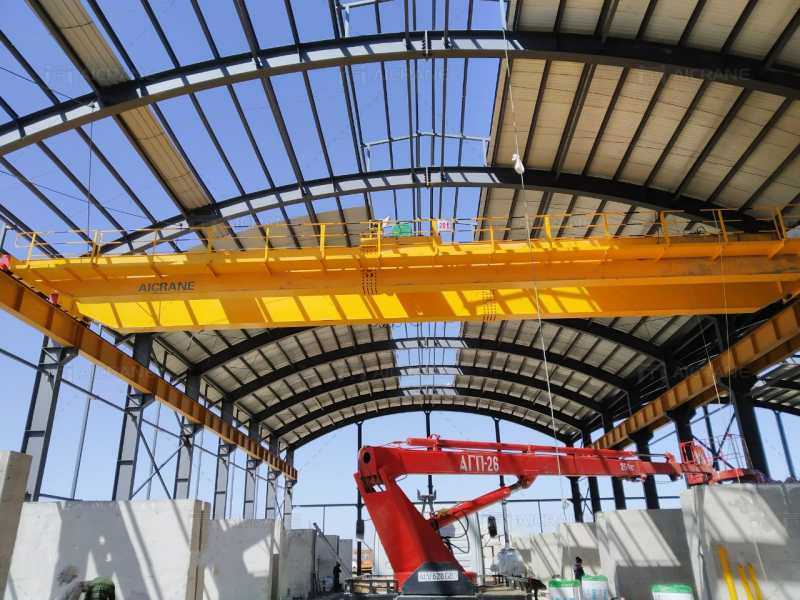Choosing the right overhead crane supplier is a critical decision that can significantly impact your operations. Whether you are looking to enhance productivity, improve safety, or streamline operations, the supplier you select must offer equipment that aligns with your needs. However, the decision-making process can be complex due to the technical requirements, cost considerations, and the wide range of suppliers available. This article will explore the key factors to consider when comparing overhead crane suppliers to help you make an informed choice.
Experience and Industry Reputation
One of the first factors to assess is the supplier’s experience and reputation within the industry. A supplier with a long history of delivering high-quality cranes to various industries will likely have a wealth of knowledge and expertise. This experience translates into a better understanding of specific industry requirements and a higher probability of delivering reliable solutions.
Research the supplier’s portfolio, their client base, and the industries they have served. Positive customer reviews, case studies, and testimonials can provide insight into the supplier’s ability to meet deadlines, deliver quality products, and provide reliable after-sales support.

Range of Products and Customization Options
Different industries have different lifting needs, and an ideal supplier should offer a wide range of overhead crane types. Common types include single-girder, double-girder, and gantry cranes, each designed for specific applications. The flexibility to customize cranes to fit unique operational demands is also crucial.
Evaluate the extent to which the supplier offers customization services, such as adapting load capacity, lift height, and automation features. Suppliers that offer personalized solutions are often better equipped to meet the specific operational challenges of your business.
Compliance with Safety Standards
Overhead cranes are subject to strict safety regulations and standards, making compliance a key factor to consider. Ensure that the supplier follows industry standards such as the American Society of Mechanical Engineers (ASME), Occupational Safety and Health Administration (OSHA), and European CE Marking (if applicable).
Cranes that meet safety standards minimize the risk of accidents and operational downtime. Additionally, reputable suppliers will provide certifications for their products, ensuring that their equipment meets the necessary safety and quality benchmarks.
Quality of Materials and Build
The materials used in constructing the crane are vital to its longevity and performance. A high-quality crane should be durable, able to withstand the rigorous conditions of an industrial environment, and require minimal maintenance.
When comparing suppliers, inquire about the types of materials used in their cranes, such as the quality of steel for the girders and the robustness of the mechanical and electrical components. The supplier should be able to demonstrate a commitment to high manufacturing standards and rigorous quality control processes.

After-Sales Service and Support
After-sales service is a critical factor that distinguishes top-tier suppliers from the rest. Your relationship with the supplier should not end with the purchase. The supplier should offer comprehensive after-sales services, including installation, regular maintenance, spare parts availability, and troubleshooting support.
Evaluate the responsiveness of the supplier’s customer service and the availability of technical support. Some suppliers provide training for crane operators, which can be an added benefit in ensuring safe and efficient crane operation.
Lead Time and Delivery Schedules
In industries where efficiency and productivity are paramount, having equipment delivered on time can be crucial. When comparing overhead crane suppliers, inquire about their lead times and delivery schedules. A supplier that is consistently able to meet or exceed delivery expectations can help prevent costly delays in your operations.
Some suppliers may also offer expedited manufacturing and delivery options for urgent projects, which can be a valuable service if you are operating on tight deadlines.
Cost and Total Ownership Value
Price is an important consideration, but it should not be the sole deciding factor. While some suppliers may offer lower prices, the quality of their cranes and their ability to provide ongoing support should also be considered. It is essential to evaluate the total cost of ownership, including installation, maintenance, repairs, and potential downtime due to equipment failure.
A supplier that provides high-quality cranes at a slightly higher price may be more cost-effective in the long run if their equipment lasts longer and requires fewer repairs.
Global Presence and Local Support
For businesses operating across multiple regions, it may be beneficial to work with a supplier that has a global presence and can provide local support. This ensures that you can receive consistent service and parts no matter where your operations are located.
Suppliers with local service centers are better equipped to provide timely support and maintenance, minimizing downtime and improving operational efficiency.
Conclusion
Selecting the right overhead crane supplier requires careful consideration of multiple factors, including experience, product range, safety compliance, and after-sales support. A thorough comparison of potential suppliers will help ensure that you select one capable of meeting your operational needs while providing long-term value. Remember, the best supplier is one that not only delivers high-quality cranes but also partners with you to ensure seamless operation and continuous support throughout the crane’s lifespan.






